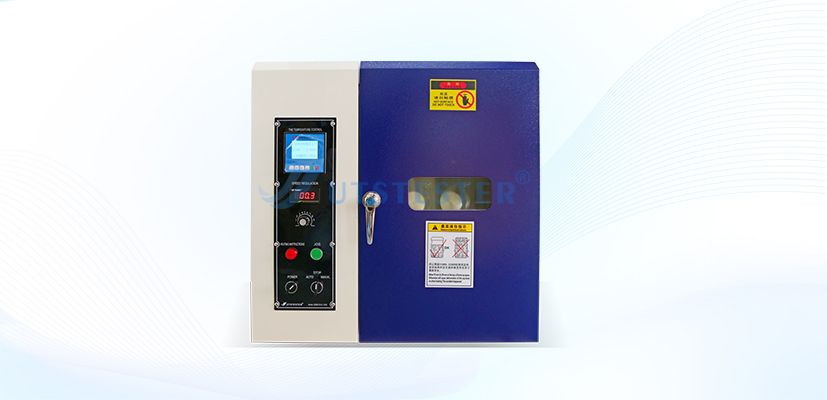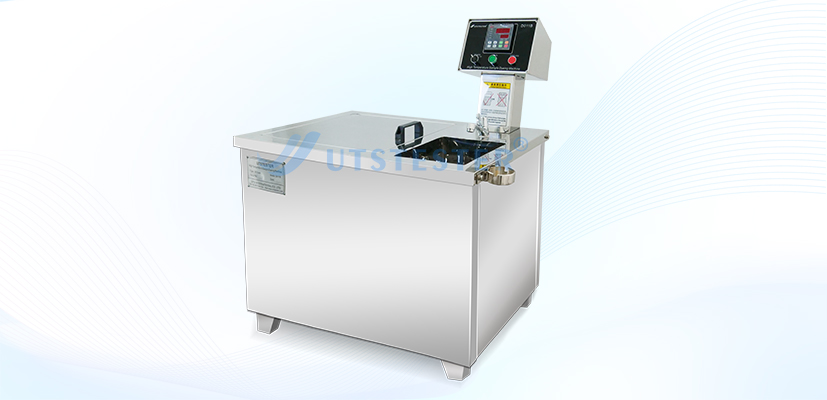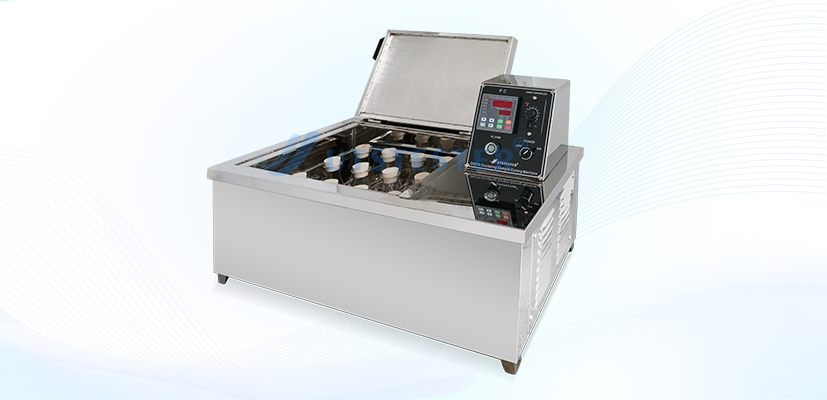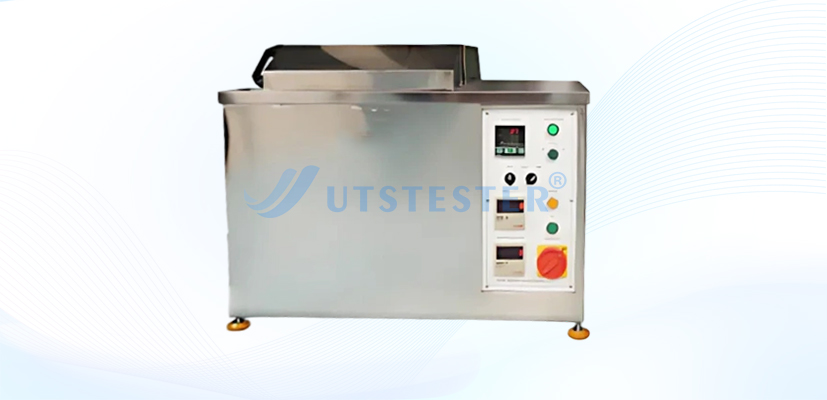 +86 152 6060 5085
+86 152 6060 5085
 +86 152 6060 5085
+86 152 6060 5085
Blog
Catalog
About Laboratory Dyeing Machines
Textile manufacturers use laboratory sample dyeing machines to test samples before dyeing large quantities. Textile labs use these machines to research dyeing methods and conduct experiments to achieve the best possible results.
Types of Laboratory Dyeing Machines
Lab-scale dyeing machines are used to simulate the dyeing production process. They can create shades tailored to customer needs and are suitable for large-scale production.
Without a fabric sample dyeing machine, dyeing an entire batch of fabric to the desired shade is risky. Manufacturers can use laboratory dyeing equipment to test their recipes. This allows them to repeat the process until the exact desired shade is achieved. This also helps develop shades at a low cost.
The following are the main types of sample dyeing machines used in the textile and dyeing industries:
Infrared (IR) laboratory dyeing machines
High-temperature laboratory dyeing machines
Oscillating dyeing machines
Laboratory jigger dyeing machines
1. Infrared (IR) Laboratory Dyeing Machine
Infrared laboratory dyeing machines use infrared light to heat the dye bath. They are used to dye a variety of synthetic and natural fabrics. IR dyeing machines use low bath ratios, providing accurate and repeatable results.
The IR dyeing machine is equipped with 24 beakers, allowing for multiple tests to be performed simultaneously. The beakers move in both clockwise and counterclockwise directions, ensuring uniform dyeing.
The IR dyeing machine's beakers are made of stainless steel, allowing for rapid temperature increases and the ability to withstand both standard and high pressures used in the dyeing process.
Infrared heat heats the beaker without any intermediate surface. This reduces electricity costs by up to 50%. A high-precision PT-100 temperature monitoring probe is used to measure temperature.
A digital display shows time, temperature, and program number, simplifying operator control of the machine. The infrared laboratory dyeing machine has a temperature range of 30-140°C and a cooling rate of 0.5-3.5°C/minute.

2. High-Temperature Laboratory Dyeing Machine
High-temperature laboratory dyeing machines can dye synthetic fibers such as nylon and polyester. These machines dye fabrics at a temperature of 140 degrees Celsius, simulating the industrial dyeing process on a small scale.
Using high-temperature dyeing machines facilitates color matching, dye evaluation, quality control, and R&D in synthetic fiber dyeing. They can be used for small-scale fabric dyeing, with each beaker holding up to 300 milliliters of dye.
High-temperature laboratory dyeing machines come with 6 to 24 beakers, depending on the size of the machine. They feature a precise temperature control system, with a digital interface for programming temperature and time.

3. Oscillating Dyeing Machine
An oscillating dyeing machine is used to dye yarn, fiber, fabric, and loose fibers. This machine does not move three-dimensionally. It does not rotate left and right like an infrared dyeing machine.
It uses a reciprocating motion to penetrate the dye solution into the fiber. Oscillating dyeing machines are suitable for dyeing delicate fabrics, such as silk, fine wool, and synthetic microfibers.
The back-and-forth motion reduces wrinkling during dyeing and prevents yarn tangling. It can be used for disperse dyeing at high temperatures. In oscillating dyeing machines, operators use a bath ratio of approximately 1:5 to 1:8 to ensure optimal dye fixation.
The manufacturer's latest oscillating dyeing machines are equipped with a PLC for precise temperature control. You can set the time, temperature, oscillation speed, and direction through the interface.
The unit has a capacity of 24 beakers, each containing 250 ml of dye solution. The shaking distance is maintained at 42 mm, and the operating speed is 0 to 140 rpm.

4. Laboratory Jigger
A laboratory jigger simulates the industrial jigger dyeing process. During jigger dyeing, fabric is passed through a stationary dye bath. The jigger moves with full stretch across a pair of rollers, moving the fabric back and forth in the dye bath.
The jigger is used to dye fabric to ensure wrinkle-free dyeing. The fabric is stretched and then immersed in the dye bath. The jigger consists of a drum and a trough or tray containing the dye bath.
The fabric moves from one drum to another in the dye bath. It then returns from the second drum to the first. This process helps dye the fabric a uniform color.
A laboratory dye jigger precisely controls a variety of factors. It can control the dye bath temperature, the speed of the fabric, and the frequency of dyeing. It also tracks dyeing time and fabric tension. Modern laboratory dye jiggers are equipped with digital controllers and feature automatic dosing and temperature adjustment systems.
This machine is suitable for dyeing at medium and low temperatures up to 98°C under normal pressure. Fabrics can be dyed using reactive, direct, vat, or sulfur dyes.

Email: hello@utstesters.com
Direct: + 86 152 6060 5085
Tel: +86-596-7686689
Web: www.utstesters.com